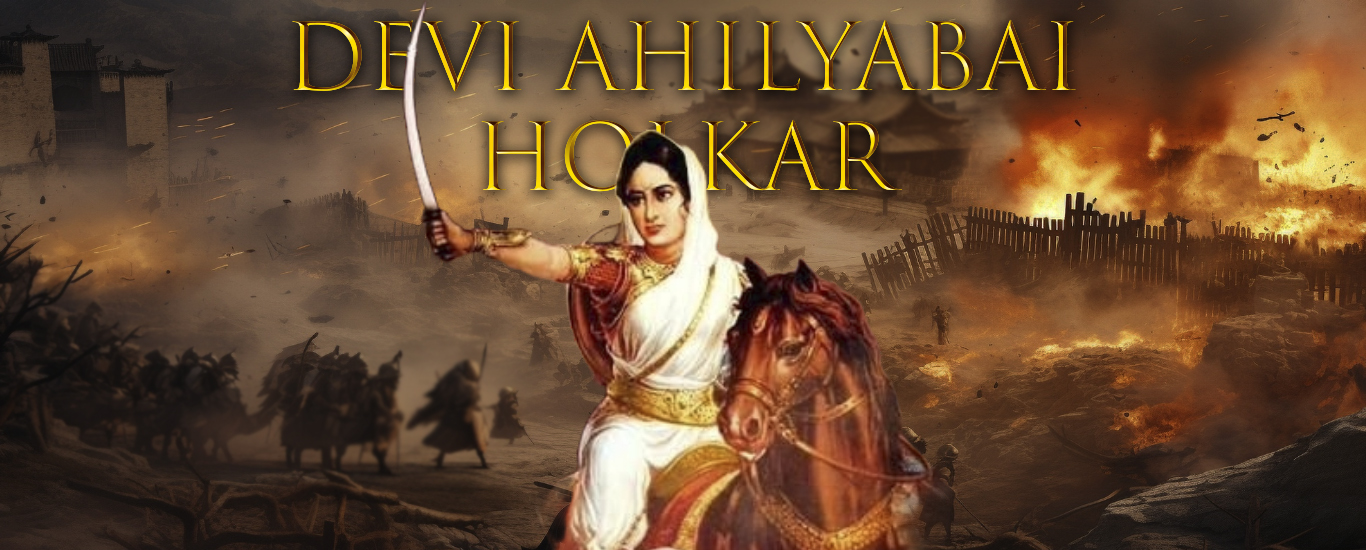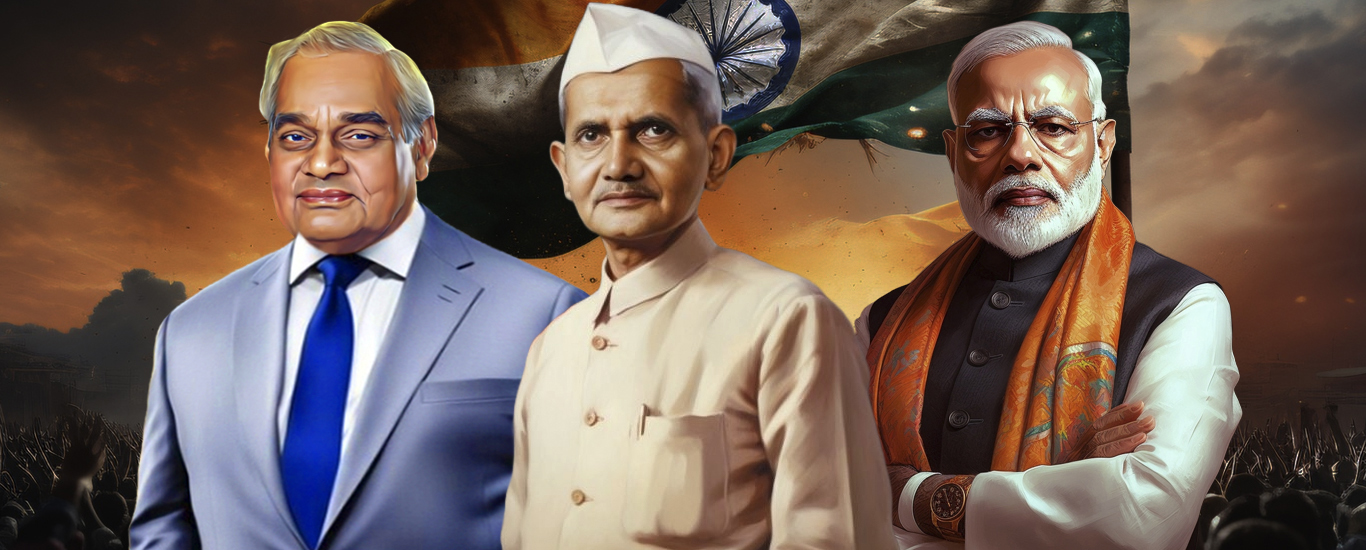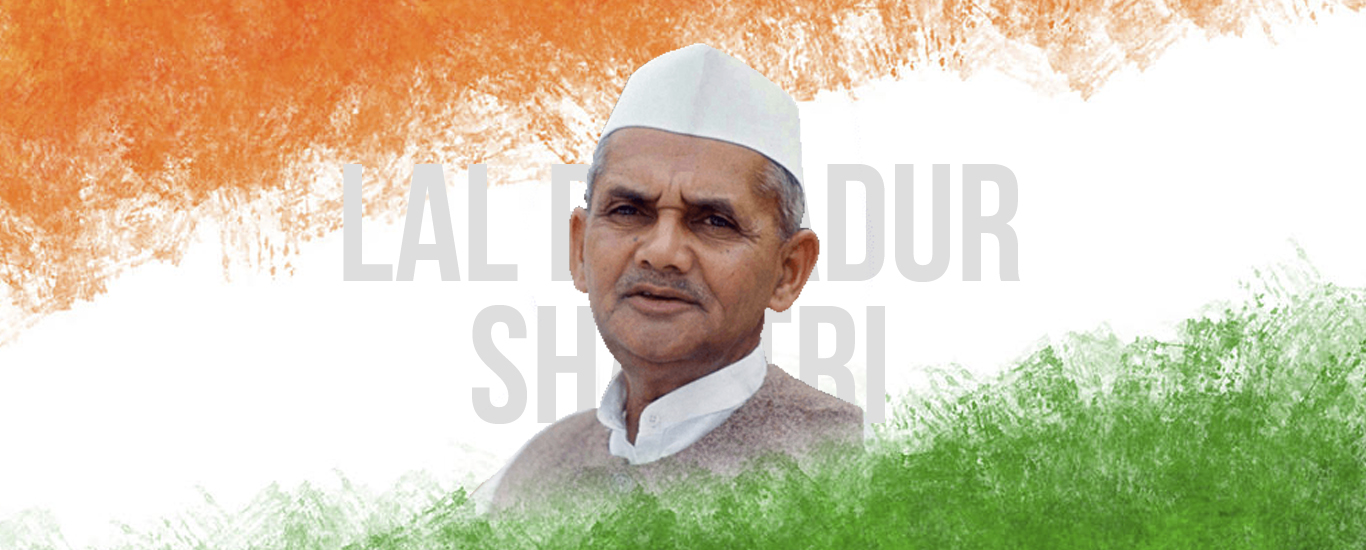Life story of Sardar Vallabhai patel
There had been born leaders, there had been leaders by chance, by wealth and by luck. But this eminent patriot was a leader by merit. He was packed with determination, devotion, fearlessness and dauntlessness.
Vallabhbhai Patel was born in 1875. He went to a primary school at Karamsad. On one of his birthdays Vallabhbhai Patel said “I am extremely pledged by the affection that you are showing. I have said things some of which may be harsh, but however bitter they may be, they are a perfect dose of medicine that I give you”
He eventually became a lawyer. After studying he wanted to go to England. But he stood down in favor of his elder brother. Indeed he paid his brother’s expenses with the money that he had saved for his own trip.
While he was pleading for a man accused to murder, Vallabhbhai received a telegram. It was an information letter about his wife’s death. He put the telegram in his pocket and continued with the case. In his own words “one life has gone let me save the other”.
When his brother returned from England it was his chance to go. While he was in London, the lawyer MK Gandhi in South Africa was questioning the moral basis of the existence of man in the 20th century. Vallabhbhai returned to India in 1913 and set up practice in Ahmedabad. He was utterly Unconcerned with the political activities of the Indian leaders. It was then when Gandhi came. In 1915 Gandhi addressed members in the Gujarat club. Vallabhbhai Patel was playing bridge at the club. He refused to listen to him and continued with his game as he was not must interested.
Important events patel participated
In 1918 a devastating flood had destroyed 75 percent of the total crop of the Kera district in Gujarat. But the government was adamant in collecting taxes. It was when Gandhi decided to launch Satyagraha. In that situation Vallabhbhai realized that Gandhi was a man of action. He gave up his practice and volunteered to work for the cause. In the words of Gandhi “ if Vallabhbhai had not been with me the Satyagraha would not have succeeded”. In 1919 Rowlatt Act came into existence. Gandhi appealed to the entire nation to demonstrate peacefully again this violation of fundamental rights.
At Jallianwala Bagh in Amritsar, without any provocation troops open fire on a peaceful crowd. Hundreds of men,women and children were killed and wounded. In 1920 Gandhi gave a call for a Non Cooperation movement and boycott of all foreign goods. He traveled around West India to recruit 300000 members. Spinning wheel became the symbol of the struggle of freedom. Like many other Congressmen Vallabhbhai began to wear homespun Khadi.
In 1923 while Gandhi was in prison Patel led the Satyagraha movement at Nagpur. Vallabhbhai went to Nagpur and led the flag Satyagraha which was a roaring success. He won in gathering the consent to hoist the flag publicly. He got the Prisoners released. From 1924 to 1928 Patel was chosen the President of the Municipal committee of Ahmedabad. During this year he implemented several sanitation, water supply, administration and town planning programs. He also worked towards several social reforms including prohibition of untouchability, Alcoholism, casteism and many more.
In 1928 the government raised the land revenue at a time when farmers in Bardoli were already suffering from an extreme scarcity of food. When the farmers refused to pay the tax the government arrested the farmers and seized their lands. Many Satyagrahas were undertaken. After 6 months Patel carried on his negotiations with the government and as a result the Government returned the seized lands. The implementation of increased tax was postponed. The victory of the Bardoli Satyagraha gave him the name Sardar.
He took part in the Dandi March, Salt Satyagraha and Quit India Movement. British gave two choices in the Indian princely states. They may either Join India or Pakistan or stay independent. Majority of the 565 princely states found it fair to become part of either India or Pakistan based on their geographical location and went about signing Instrument of Accession.
Some saw this as an opportunity of reattaining their departed glory. Nizam of Hyderabad was determined on lasting as an independent state ruled by own Government. Hyderabad was actually independent and had its own currency (Hyderabadi Rupee), railway network, its own army, radio network, postal system etc. Patel made his decision clear that Hyderabad has to unite in India. But Nizam denied to sign treaty of accession.
After much invasion by Lord Mountbatten an agreement was signed between India and Hyderabad according to which status quo will sustain for 1 year. As per the agreement, Hyderabad will keep going as it was before. But Patel was continuous in his act of making Hyderabad part of India. He was not willing to let an 82,000 Sq. Km. area right in the middle of India remain as another state.
Patel, who was ill at that time quickly wrote to Nehru asking him to send the army to Hyderabad. An immediate and fast action was needed so that Nizam doesn’t get time to include UN or Pakistan.On13th September 1948, under the code-named “Operation Polo”, Indian troops began to march into Hyderabad. With “state of the art” military equipment the Indian Army was generations forward of Hyderabad Army. Within 100 hours, “it was all over”. This was how within a period of 4 days, Sardar Patel forced Hyderabad to become part of India while fully avoiding the issue being dragged in UN. As the home minister. He fully negotiated and succeeded in integrating over 565 States to the Indian Union.
Patel’s view on Kashmir Isue
On a visit to Kashmir, two months before Independence between June 18 and 23, 1947, Lord Mountbatten told Maharaja Hari Singh “that if Kashmir joined Pakistan, this would not be regarded as unfriendly by the Government of India”. The Viceroy told that “he had a firm assurance on this from Sardar Patel himself”, wrote V P Menon, the former political adviser to Mountbatten, who had played an important role in drafting the Indian Independence Bill. At the time, Mahatma Gandhi had believed that Kashmir would join India, and would disprove the two-nation theory.
As per V Shankar, who was then political secretary to Patel, the Sardar was content “to leave the decision to the Ruler (of Jammu and Kashmir)”, and that “if the Ruler felt that his and his State’s interest lay in accession to Pakistan, he would not stand in his way”.
However, Gandhi has written, Patel’s attitude changed later that same day when he heard that Pakistan had accepted Junagadh’s plea for accession. Gandhi has quoted from Patel’s speech in Junagadh, reported in the Hindustan Times on November 14, 1947: “If Hyderabad does not see the writing on the wall, it goes the way Junagadh has gone.” Also, “Pakistan attempted to set off Kashmir against Junagadh. When we raised the question of settlement in a democratic way, they (Pakistan) at once told us that they would consider it if we applied that policy to Kashmir. Our reply was that we would agree to Kashmir if they agreed to Hyderabad.”
According to Gandhi, “Patel was unhappy with many of India’s steps over Kashmir, including the offer of a plebiscite, the reference to the UN, the ceasefire that left a fair part of the State in Pakistani hands and the removal of the Maharaja. But though occasionally dropping a remark or a hint, he never spelt out his own solution.”
On 15th December 1950, Sardar Vallabhbhai Patel died in Bombay. For over 30 years he fought and worked for freedom for the unity and wellbeing of his people.Because of his efforts today India stands as an integrated Nation. World’s tallest statue of 182 meters called Statue of Unity was built to pay tribute to this great man. A man who bought us all together. Kutch to Kohima, Kargil to Kanyakumari if we could travel freely today across the lands of India, it is because of the Iron Man of India .He thought of India as My family My responsibility. All our hearts should be filled with the thought of united India. After centuries we have the freedom to forge a unified Nation.



